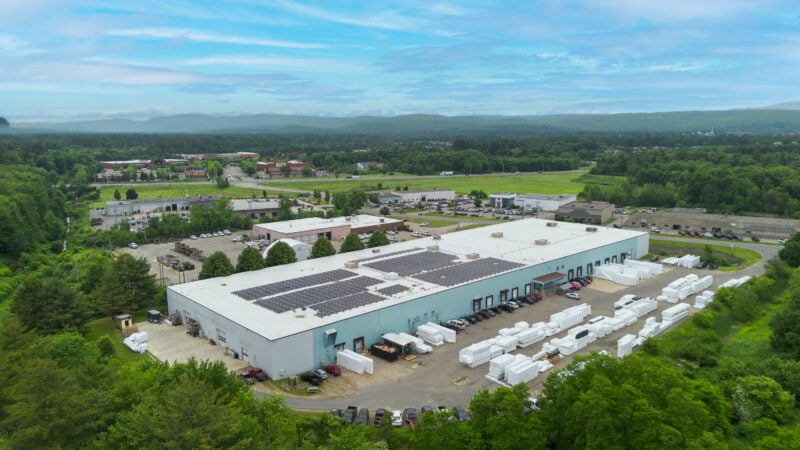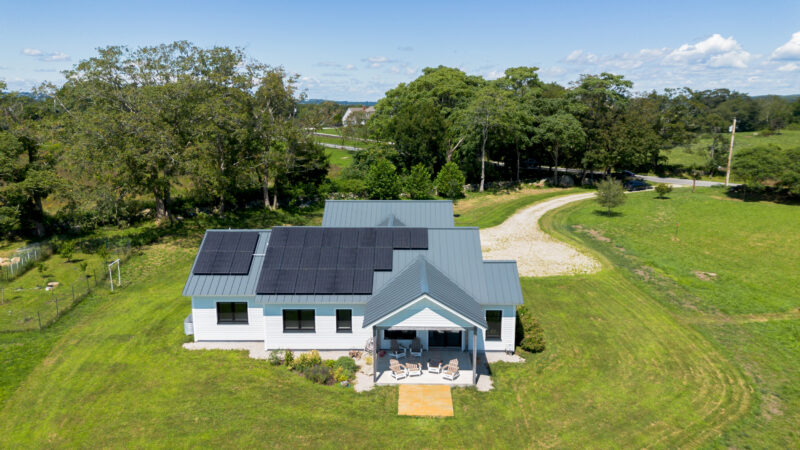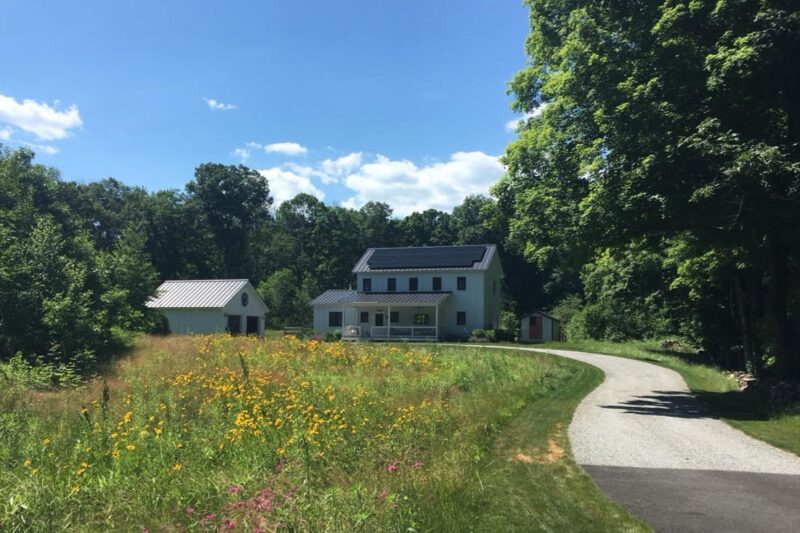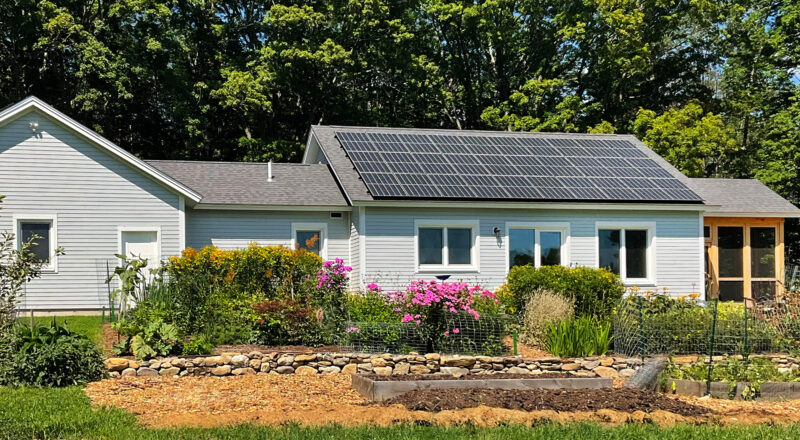Now more than ever in a changing climate, high-performance homes are sought after for their resiliency and energy efficiency. One common question asked by those interested in sustainable home ownership is, “Do I build a new house on my own land, or buy an existing home and do a deep energy retrofit?” As we all try to do our part to minimize our footprint, there are pros and cons to both. We believe, however, that building a newly constructed all-electric home is more cost effective and results in a healthier living environment as compared with retrofitting—ensuring comfortable, high-performance living for generations.
Deep Energy Retrofits
What exactly is a deep energy retrofit? This is generally defined as undergoing an extensive home audit and renovating existing infrastructure to reduce energy usage by more than 50%. The idea is by updating or replacing specific elements in the building, energy performance increases and the home becomes less dependent on fossil fuels.
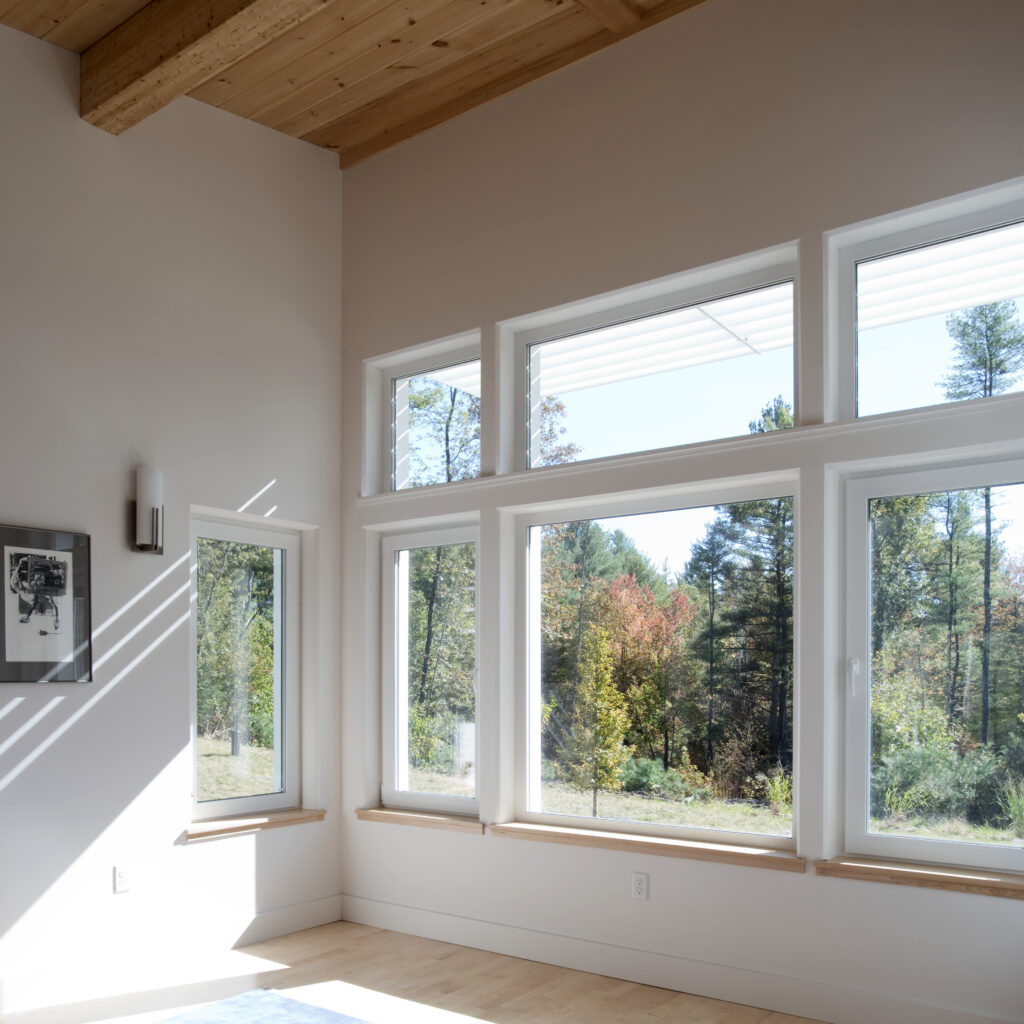
There are many factors to weigh when deciding whether to retrofit or build new to reach the end goal of living green. Aside from the fact that existing buildings have fixed placement, as opposed to where you’d like them to face for maximizing solar potential or views, they also come with hidden costs that may not be immediately apparent to the average homebuyer. The challenge of bringing existing homes up to the current energy code takes a lot of time and financial investment, especially when meeting the standards of today’s high-performance buildings. This can involve impossibly long payback periods, especially if the home is poorly constructed or outdated to begin with.
According to the U.S. Department of Energy’s “Deep Energy Retrofit Cost Survey” conducted by the Lawrence Berkeley National Laboratory in 2021, retrofitting an existing home can drastically reduce energy use and improve performance by 50% or more, yet there are major limiting factors like complex project needs, high costs, perceived risks, extensive disruption, and unfamiliar work scopes to some contractors. Martin Holladay weighed the opportunities and challenges in his 2012 article for the Green Building Advisor, titled The High Cost of Deep-Energy Retrofits. In the article, he asks the question, “How much does it cost to perform a deep-energy retrofit on a 100-year-old single-family home?” His findings? Around $100,000. That article is also from 2012, so you can imagine with inflation and the rising cost of materials and labor, the cost today is even higher. As mentioned in the article; insulating slab floors to R-10, below grade walls to R-20, above-grade walls to at least R-40, upgrading windows to achieve a U-factor of 0.25, achieving an airtightness goal of 0.15 cfm @ 50 pascals per square foot of surface area, and updating to the latest HVAC systems are some of the ways to retrofit a home to achieve impressive levels of energy reduction. While these fixes result in draft-free living, increased homeowner comfort and decreased energy consumption, the initial cost is extremely high and the home still does not perform at the same level as a new all-electric high-performance home. When factoring in the retrofitting costs compared with the final energy savings, especially on houses built in the early 19th or 20th centuries, the payback period can be well over 100 years due to the amount of work needed.
Investing in an Energy Efficient Home
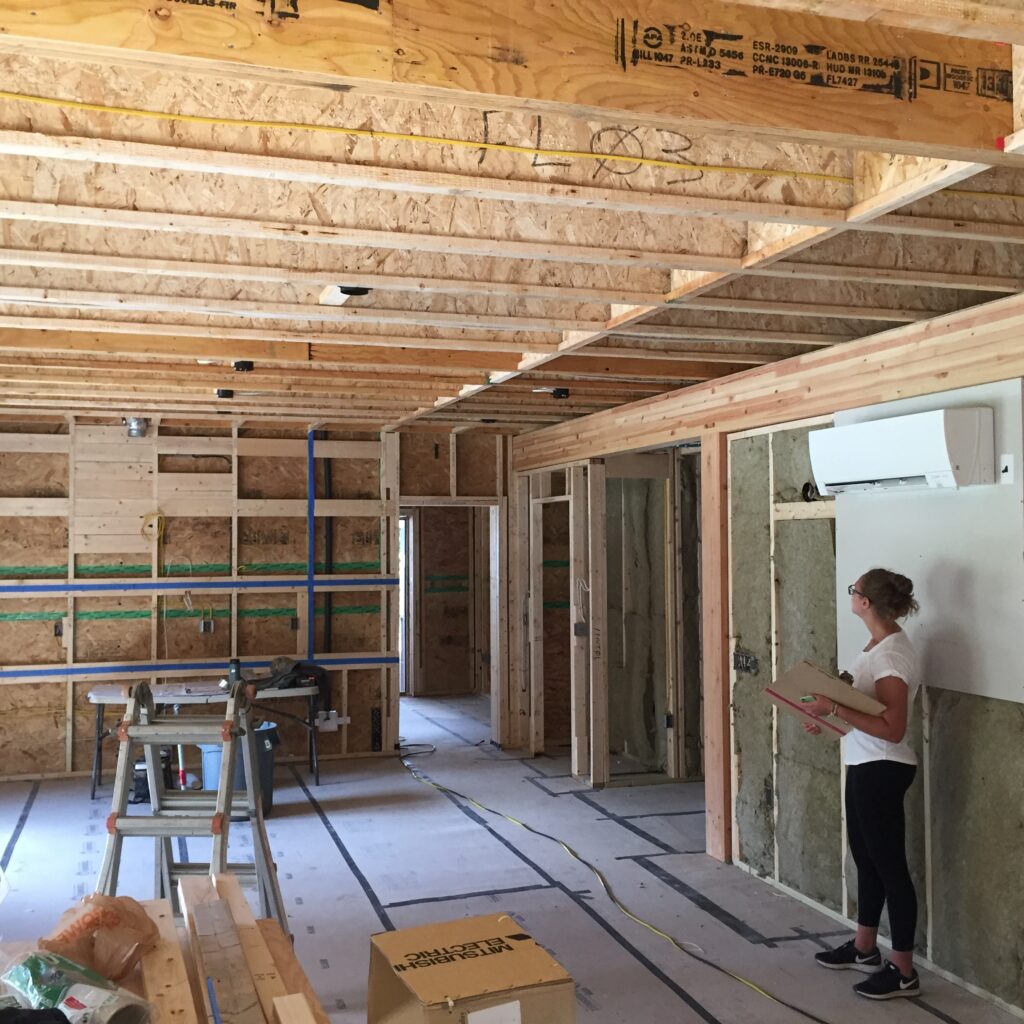
While the eco-conscious home buyer may be motivated to retrofit an existing home, it is important to weigh all variables such as timeline and cost. It is often easier and more efficient to start from scratch, ensuring a well-insulated shell and energy efficiency from the very beginning. Operational requirements, especially when fossil fuels are involved, affect the utility cost to the owner as well as the environment. In some instances, moving away from fossil fuels while retrofitting a house is just not possible. Unity homes are all-electric and net zero ready, built to have incredibly low utility bills and to easily accommodate solar. They are also pre-designed and engineered for optimal energy performance and levels of airtightness that are well above code and often Passive House levels, with streamlined designs available for an accelerated raising timeline.
That’s not to say that existing homes shouldn’t be updated to improve performance. There are many who feel that the greenest building is the one that is already built. Some buildings are indeed worth the investment due to the inherent quality and craftsmanship of their original construction. With historical or rare buildings, preservation of the original architecture may also trump energy performance.
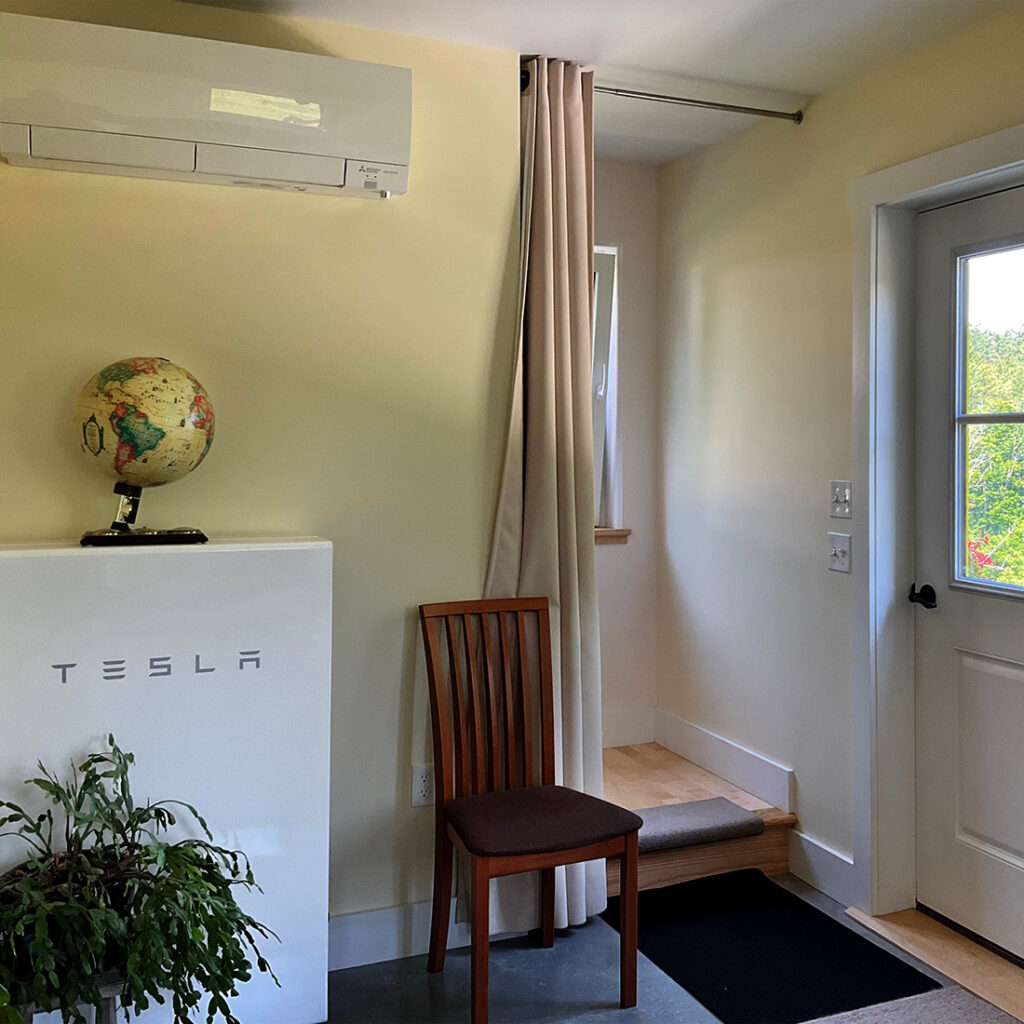
It’s important to note that most of the existing home stock in the U.S. are not up to par when it comes to energy performance and healthy, sustainable material use. The next generation of newly constructed homes need to be better in every sense, to eliminate fossil fuel dependence and build resiliency, maintaining stable temperatures year-round. Regardless of the chosen path to sustainable home ownership, it is important that we all do our part to make the homes we live in healthier for us and the environment. If you have questions on building a new home with Unity, please reach out by filling out a contact form and we will be happy to talk through your questions.
References:
- Lawrence Berkeley National Laboratory (2021). DOE Deep Energy Retrofit Cost Survey. Report. https://buildings.lbl.gov/publications/doe-deep-energy-retrofit-cost-survey
- Martin Holladay (2012). The High Cost of Deep-Energy Retrofits. Green Building Advisor. Article. https://www.greenbuildingadvisor.com/article/the-high-cost-of-deep-energy-retrofits

